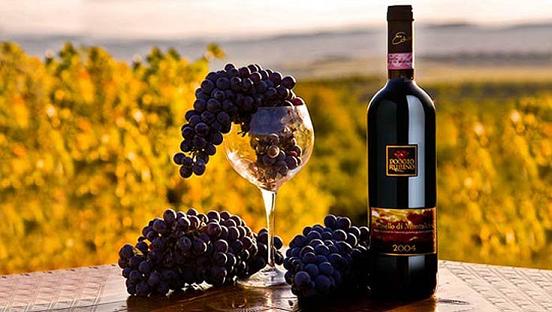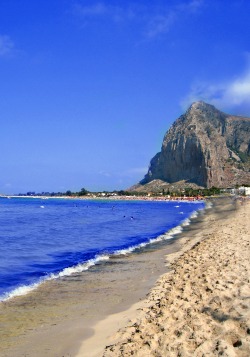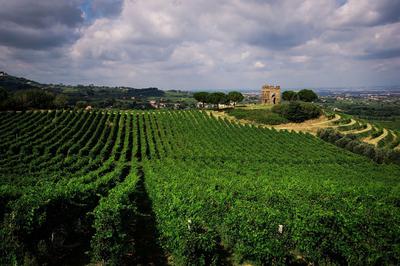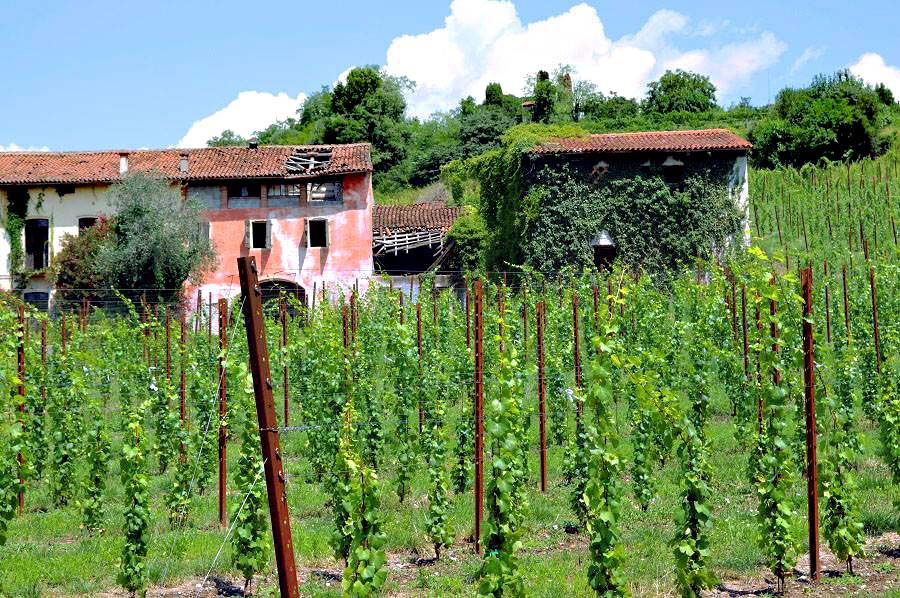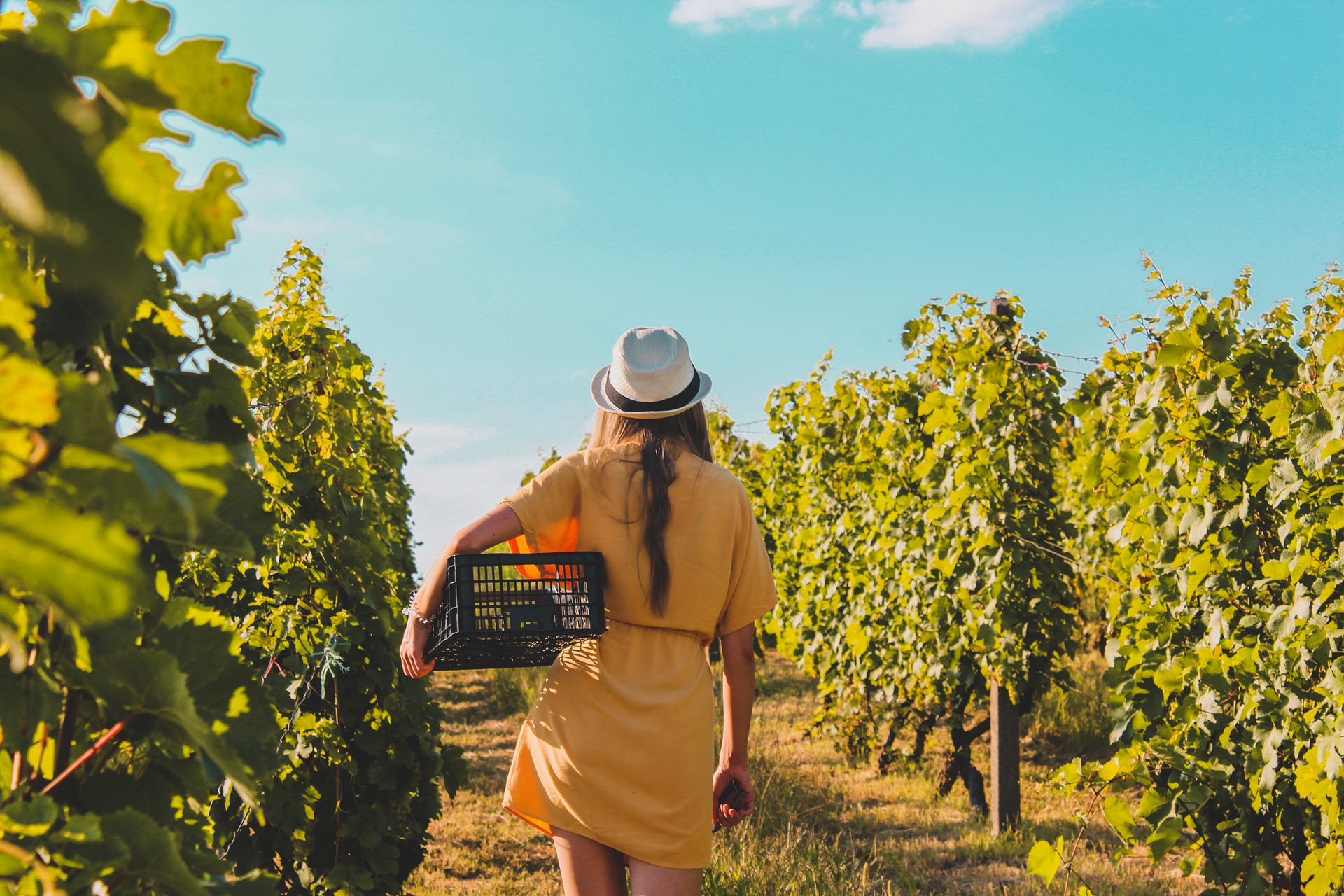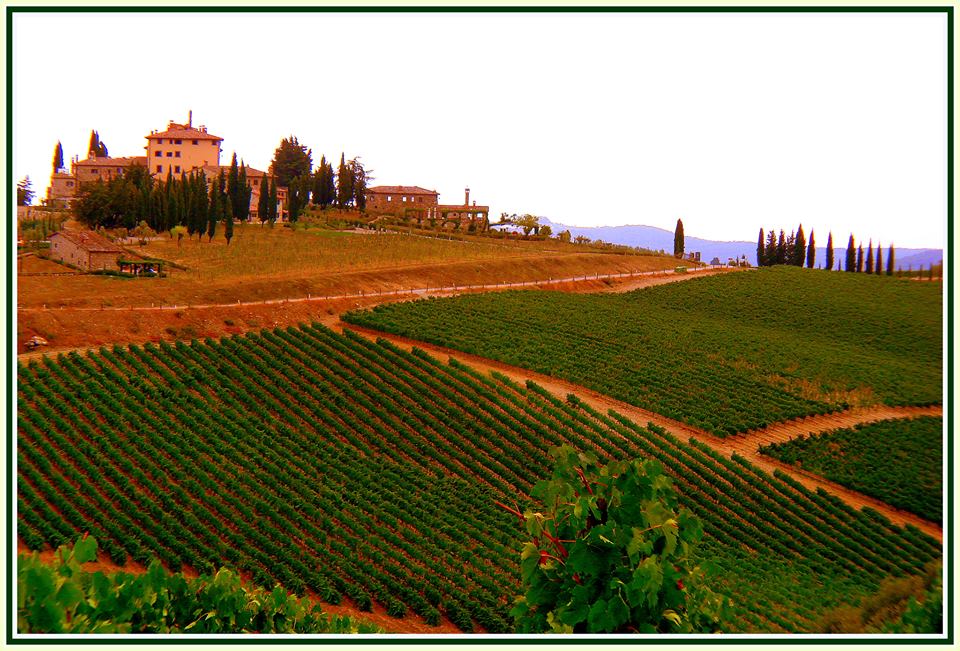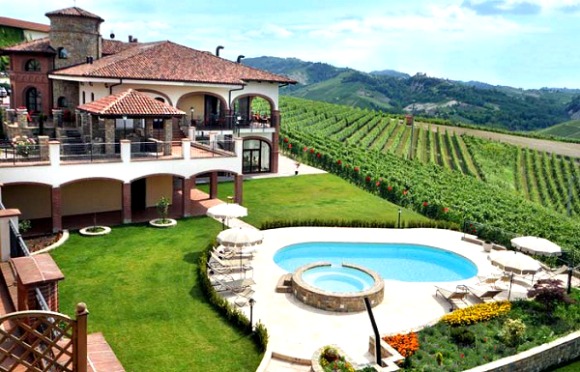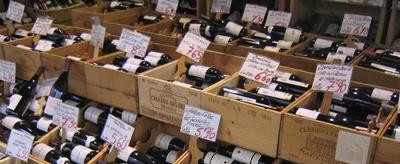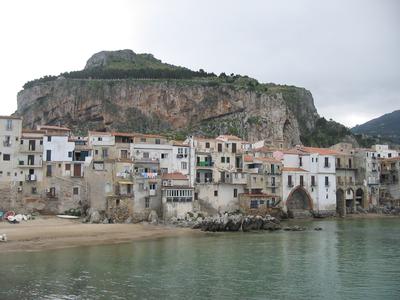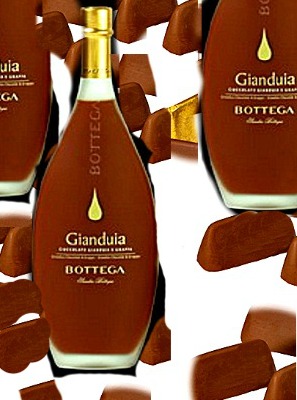- Home
- Biondi Santi
- The Complex Chianti
As an Amazon Associate I earn from qualifying purchases. Support us by using our links to Amazon when you shop.
The Complex Chianti
by Charlotte Cook
(charlotte@omruk.co.uk)
When you think of Italian red wine Chianti is one of the first that springs to mind, with its squat bottle enclosed in a straw basket to give it that traditional Italian look now famous worldwide, millions of visitors use Booking.com to book their stay in the region to taste the wine in it’s true home.
Despite its popularity around the world today the stringent way it’s made in the heart of the Tuscany region has remained for generations.
The basic Chianti wine is made of three varieties of grape in a recipe of 70% Sangiovese, 15% Canaiolo and 15% Malvasia Bianca.
Originally the Chianti region was made up of the area around three small Tuscan towns Gaiole, Castellina and Radda and wines today that have the label ‘Chianti Classico’ come from that area.
The initial region, which was outlined in 1716, was expanded in the 20th century and now the area has 17,500 acres of beautiful vineyards producing traditional and more modern adaptations of Chianti red wine.
Today the Chianti region, which has been referred to as the ‘Bordeaux of Italy’, uses different blends so a wine from this region can contrast from lighter fruity tones to deep rich flavors.
This range of blends applies to bottles with the name ‘Chianti’ on them as other varieties have a much stricter method of production.
‘Chianti Superiore’ must undergo nine months of ageing before it can be sold, compared to the four or five months for a standard bottle.
If a bottle is to be labeled ’Riserva’ it has to be aged for at least 38 months before it can be sold, such are the rules of this fabulous wine.
The process may appear complex but the final product is well worth the hassle and is now enjoyed all round the world from the finest London Hotels, the sun-kissed streets of Sydney to the piercing skyscrapers of New York – a long way from its humble origins in rural Tuscany.
Join in and write your own page! It's easy to do. How? Simply click here to return to Tuscan Wines.
As an Amazon Associate I earn from qualifying purchases. Support us by using our links to Amazon when you shop.


